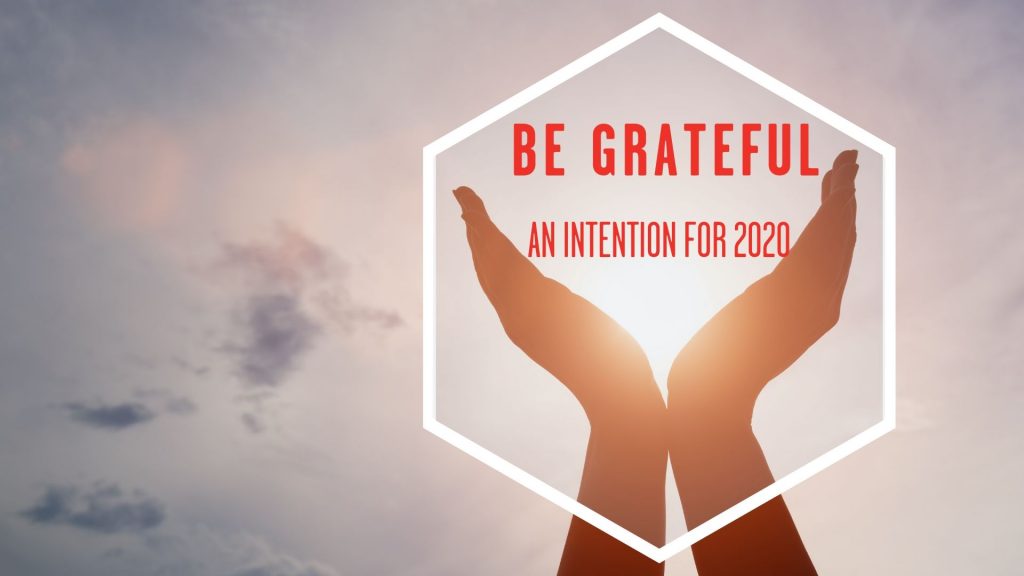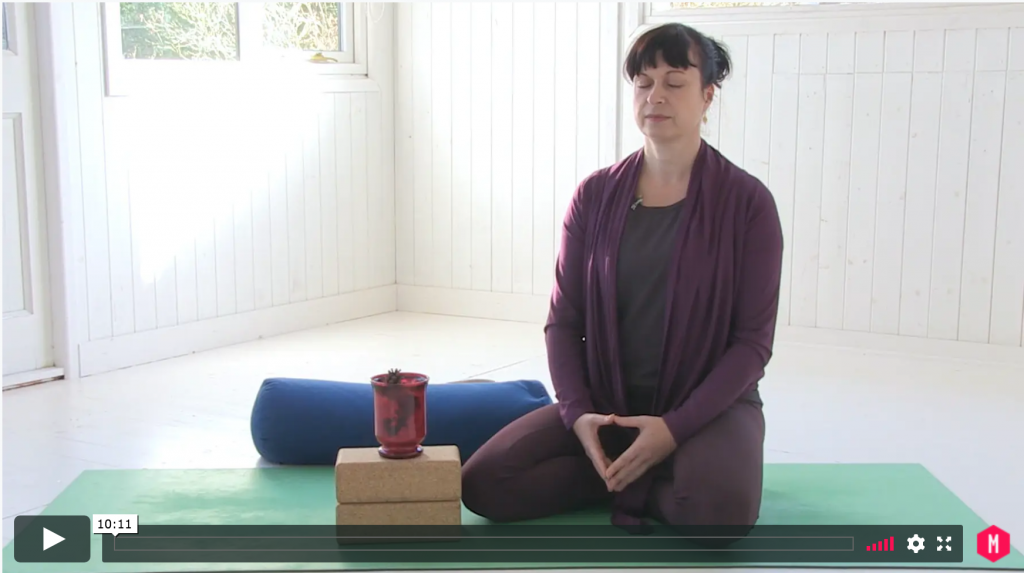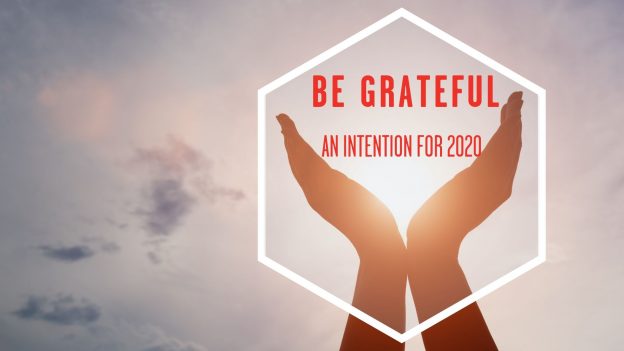
Gratitude can supercharge your other intentions and support you in being physically healthier and emotionally happier. Read on to discover ways to release your gratitude attitude in 2020.
Why be grateful?
Be grateful: it can improve your physical, emotional and mental health. In scientific tests people with a regular gratitude practice experienced fewer aches and pains but were shown to develop other healthy habits including exercising more. Practicing gratitude has an impact on every area of life. People practicing gratitude sleep better and for longer and have reduced feelings of anxiety and isolation. In addition to this, being grateful can stop you from overeating. Your relationships deepen, you eat and act more mindfully and you are able to face challenges more graciously.
If you would like to start a gratitude practice in 2020 and aren’t sure where to start, we have put ideas for five ways to practice for you. Do let us know how you practice gratitude in our movers group.
1.Gratitude Journal
You may have heard about gratitude journaling. There are lots of ways you can do it and it can take as little as five minutes if you are pressed for time. You can simply list three things you are grateful for at this moment. They can be simple or general things. Other people find it easier to write about their day focussing on what went well or what they were grateful for during the day. Make your gratitude journal a habit. Decide when is the best time for you. Try it before bed to see if it helps you sleep better. Some people prefer writing first thing in the morning to infuse their day with feelings of gratitude.
If you’re feeling really stuck, you might want to use some prompts to get started. You can write about the things that made you smile, or how about three people you want to thank from your past or present who have had a big influence on you: you can write about why you’re grateful, or indeed how about writing them a letter. (You don’t need to send it). Look through your photos and write about a memory you are grateful for. Have you thought about writing yourself a thank you note? Try it. You’ll be surprised at what might come up. How about your favourite smell, sound, sight, taste or sensation. What piece of music makes you feel better and why? Or is there something that has been getting you down recently? Is there a way to see this differently?
Once you get started, the options are endless. You can write about the place you live, the food you enjoy, the people and animals you share your life with. Why not tell us what topics you find helpful in your gratitude practice.
2.Mindfulness and meditation
Using gratitude as a focus for your meditation practice is a very powerful tool. In a gratitude meditation you reflect on the things you are grateful for and experience feelings of appreciation. This is a great antidote to getting sucked into a spiral of negative feelings. The important thing to focus on when practicing gratitude meditation, is how you feel and the effect of this on you. This isn’t an intellectual exercise but rather a heartfelt and heartwarming feeling. Human Beings have a negativity bias but practicing gratitude meditation (with practicing, being the operative word) can help rewire our brains. You could also try to include a moment to feel gratitude before and after your yoga class, perhaps even expressing gratitude for the class.
>>Why not try this gratitude meditation led by Andrea Kwiatkowski<<

3.Time with Family, Friends and community
It can be easy to tap into feelings of gratitude for loved ones or the community you most care about, but did you know that by consciously expressing gratitude, you can improve your relationships by deepening your sense of connection.
Practicing gratitude with family and friends can also help you to make gratitude a habit. It can feel awkward to express gratitude to your family and friends, but why not try to voice this as appreciation for something you really like about the way the person supports you or admiration for something they do well .
You might want to set up a family gratitude jar. This is also something that also works well in a larger community setting. Find a jar and encourage everyone taking part to consistently drop in notes with what they are grateful for. At a time of group celebration, open the jar and share the appreciation. You might want to set a daily, weekly or monthly minimum depending on what feels most appropriate but this will help build the habit.
4.Be grateful for your challenges
It can be difficult to be grateful for our challenges but by focussing on what they teach us, you can tap into gratitude. If you find yourself in a challenging situation or have experienced challenges in the past, reflect on what you learnt. Be grateful for the ways in which challenge has helped to shape you into the person you are today.
5.Appreciate and be grateful for the small things
You can practice gratitude whilst you go about your daily business. Take time to appreciate the small things that you see or experience: a strangers’ smile; a baby’s gurgle; a plant; small acts of kindness that you see around you. Gratitude is a habit and by beginning to appreciate what you experience and encounter on a daily basis you will strengthen this muscle.
Inspired? Why not sign-up for our 28 day Small Steps to Change course?

Gratitude lies at the heart of this 28-day course for busy people. The course includes: 28 short classes, healthy eating recipes, ideas for sustainable living, a weekly Small Steps club, weekly action prompts and reflections and community support. It’s a great way to kick-start your intention to be more grateful in 2020. We hope that we can take this journey together.





Leave a Reply